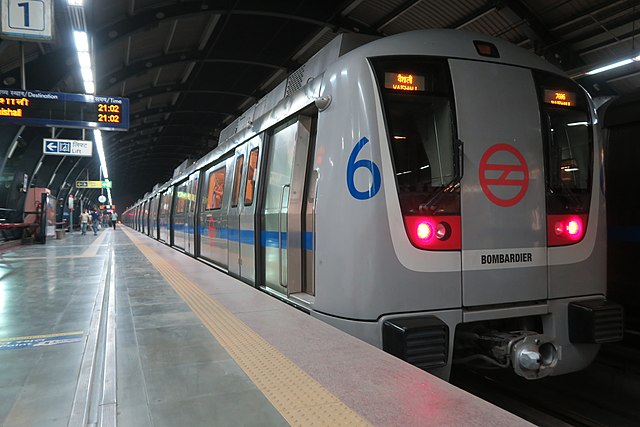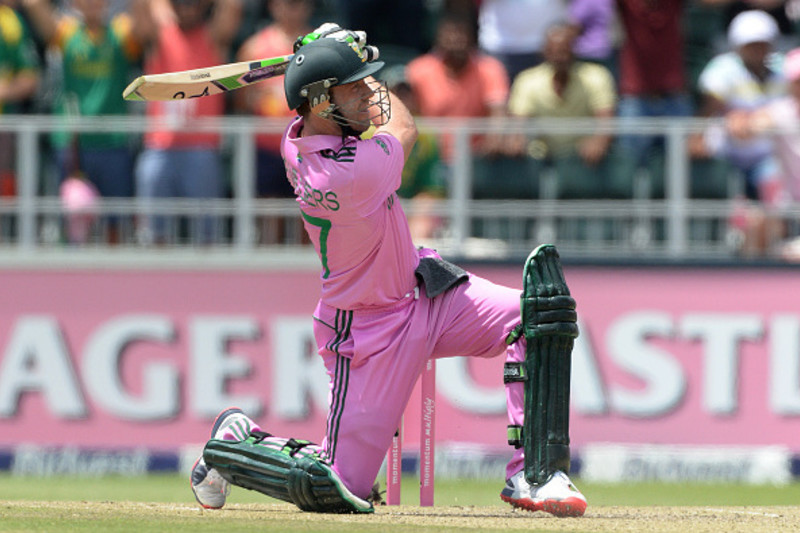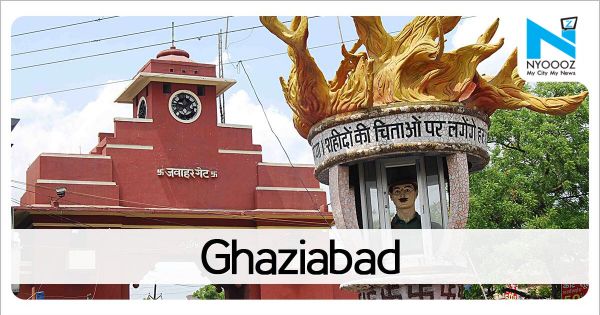Enhancing Connectivity: Delhi's Metro Network and Its Links to Neighboring Cities

Delhi's metro network has transformed urban transportation, making it easier for residents and visitors to navigate the National Capital Region (NCR). Its seamless connectivity has extended to cities like Faridabad, Gurgaon, Noida, Ghaziabad, and even upcoming hubs like Meerut, Jewar, and Dadri, while providing convenient links to transit systems for cities like Dehradun. This extensive network has redefined how people commute, reducing travel time, easing congestion, and offering an environmentally friendly alternative.
Though Dehradun is not directly connected by the metro, it remains easily accessible from Delhi via rail and road networks. Trains like the Shatabdi Express and Nanda Devi Express ensure efficient travel between the two cities, making Dehradun a popular getaway destination.
Faridabad, one of Delhi’s closest neighbors, is linked via the Violet Line of the metro. This line extends from Kashmere Gate in Delhi to Raja Nahar Singh in Faridabad, significantly boosting accessibility for daily commuters. Similarly, Gurgaon, now known as Gurugram, is connected to Delhi through the Yellow Line, which runs from Samaypur Badli to Millenium City Centre. The addition of the Rapid Metro Gurgaon within Gurgaon itself further strengthens local transit, offering convenient travel options for residents and office-goers.
The Blue Line serves as a vital corridor connecting Dwarka Sector 21 in Delhi to Noida Electronic City, offering a smooth and reliable option for those commuting between Delhi and Noida. Additionally, the Blue Line extends into Ghaziabad, with key stations like Anand Vihar and Vaishali, making it an important link for residents of this bustling city. Meanwhile, though Meerut is not yet connected by metro, the development of the Delhi-Meerut Regional Rapid Transit System (RRTS) is underway. This high-speed transit system promises to bridge the gap between the two cities, drastically reducing travel time and enhancing connectivity.
Emerging hubs like Jewar and Dadri are also on the radar of urban planners, with proposed RRTS lines aiming to integrate these areas into the larger network. Such projects underscore the growing focus on making Delhi’s neighboring regions more accessible, fostering economic growth and urban expansion.
The various metro lines that crisscross Delhi and its neighboring regions play a crucial role in this transformation. The Yellow Line spans 49.3 km, connecting Samaypur Badli to HUDA City Centre and providing a direct link to Gurgaon. The Blue Line, stretching 56.6 km, connects Dwarka Sector 21 to both Noida City Centre and Ghaziabad. The Violet Line, extending 46.6 km from Kashmere Gate to Raja Nahar Singh, serves as a vital connection to Faridabad. The Magenta Line, running 37.4 km from Botanical Garden to Janakpuri West, and the Pink Line, covering 57.5 km between Majlis Park and Shiv Vihar, enhance intra-city connectivity and ensure smoother travel across the NCR.
Future expansions promise to make the metro network even more comprehensive. The ongoing Phase IV expansion includes new routes like Aerocity to Tughlakabad and Rithala to Narela, addressing the growing demand for connectivity. Moreover, the introduction of the Delhi-Meerut RRTS is expected to revolutionize long-distance commutes within the NCR, providing rapid transit solutions and reducing travel time by over 50%.
The impact of Delhi’s metro system is profound. It has significantly reduced travel time, with many commuters saving up to 30 minutes on daily journeys. Its eco-friendly nature has encouraged more people to leave their cars behind, contributing to a noticeable decline in pollution levels. The metro’s role in easing congestion on Delhi’s busy roads has also been transformative, making daily commutes less stressful for countless residents.
Delhi’s metro network continues to evolve, with ongoing projects and future plans aimed at bridging gaps in connectivity and improving accessibility across the NCR. With cities like Faridabad, Gurgaon, Noida, Ghaziabad, and emerging hubs like Meerut, Jewar, and Dadri integrated into this expanding system, the metro is shaping the future of urban mobility in the region. Its efficiency, convenience, and focus on sustainability ensure it will remain a cornerstone of transportation for years to come.
Posted By: Harsh Patel
.gif)
.gif)





.jpeg)
.jpeg)

.jpeg)